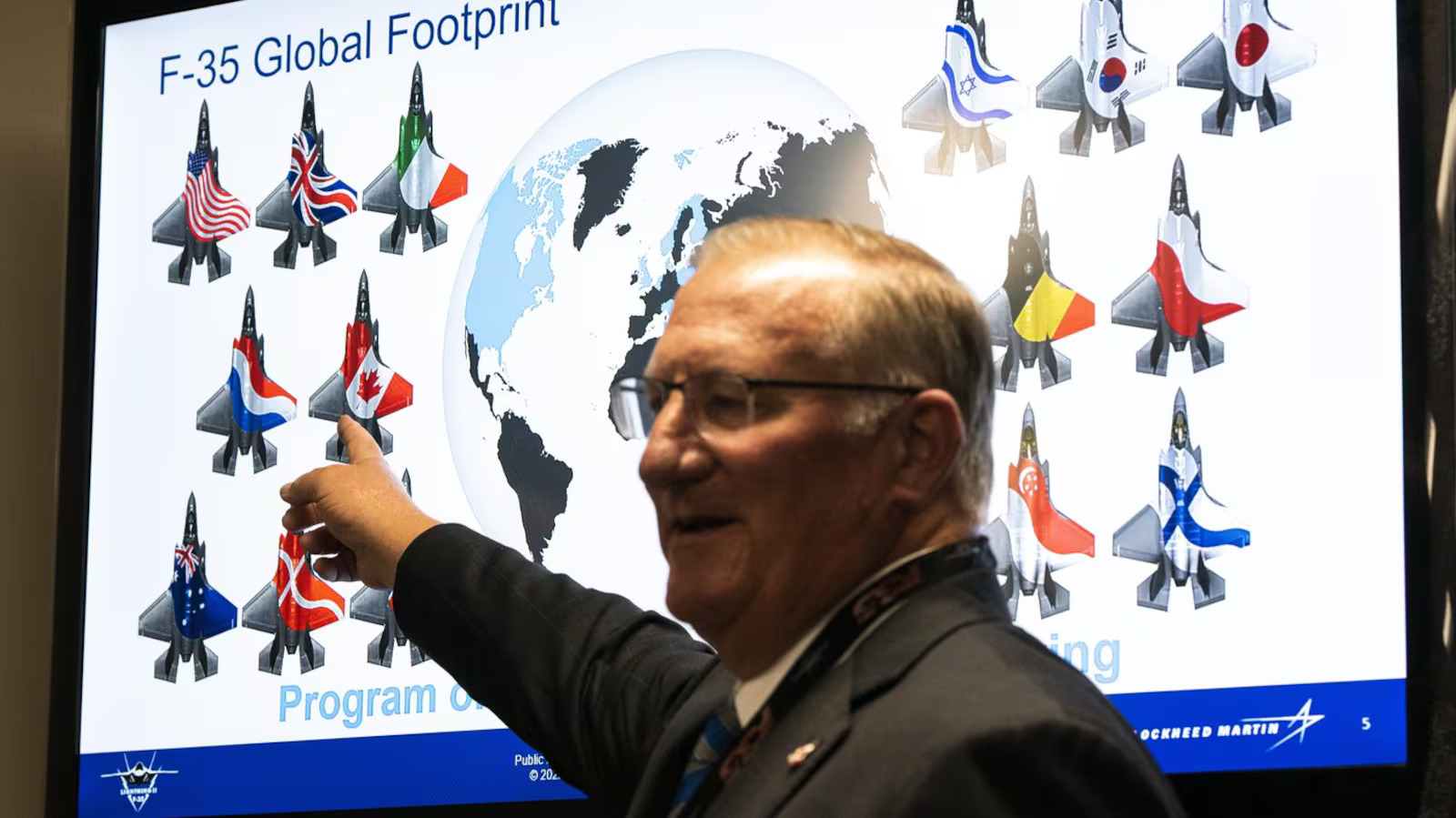Prime Minister Mark Carney has ordered a review of Canada’s $7.5 billion commitment to buy 88 F-35 fighter jets from U.S.-based Lockheed Martin, signaling a cautious rethink just a day after taking office. The move comes as Canada grapples with a trade war and provocative annexation threats from U.S. President Donald Trump.
Sworn in Friday at Rideau Hall, Carney tapped Defence Minister Bill Blair to assess whether the F-35 contract—priced at roughly US$85 million per jet—remains the best fit for Canada’s needs. “We need to do our homework given the changing environment,” said Blair’s press secretary, Laurent de Casanove, stressing the deal’s alignment with Canadian interests and the armed forces’ priorities. While the contract stands, with the first 16 jets legally secured, alternatives are now on the table.
The F-35s are slated to replace the Royal Canadian Air Force’s aging CF-18 fleet, with deliveries starting in 2026 and wrapping up by 2032. But in a CBC interview Friday, Blair hinted at a broader scope, exploring whether all 88 jets must be F-35s or if other options—potentially assembled or maintained in Canada—could better serve the country. “The prime minister’s direction is clear: examine every possibility to ensure the right decision for Canada,” Blair said, pledging consultations with the air force, defence officials, and international allies.
Carney’s review lands amid heightened U.S.-Canada friction, with Trump’s tariffs and “51st state” rhetoric stoking uncertainty. Analysts suggest it could also reflect a push to diversify defence partnerships or boost domestic jobs, especially as allied nations like Portugal reconsider their own F-35 commitments citing U.S. unpredictability. Lockheed Martin, meanwhile, reaffirmed its “strong partnership” with the Royal Canadian Air Force, deferring contract questions to Ottawa and Washington.
As Carney navigates his first weekend in power, the F-35 review marks an early test of his pledge to prioritize Canadian sovereignty and economic resilience in a volatile global landscape.

